What Is The Best Mouse Sensor?
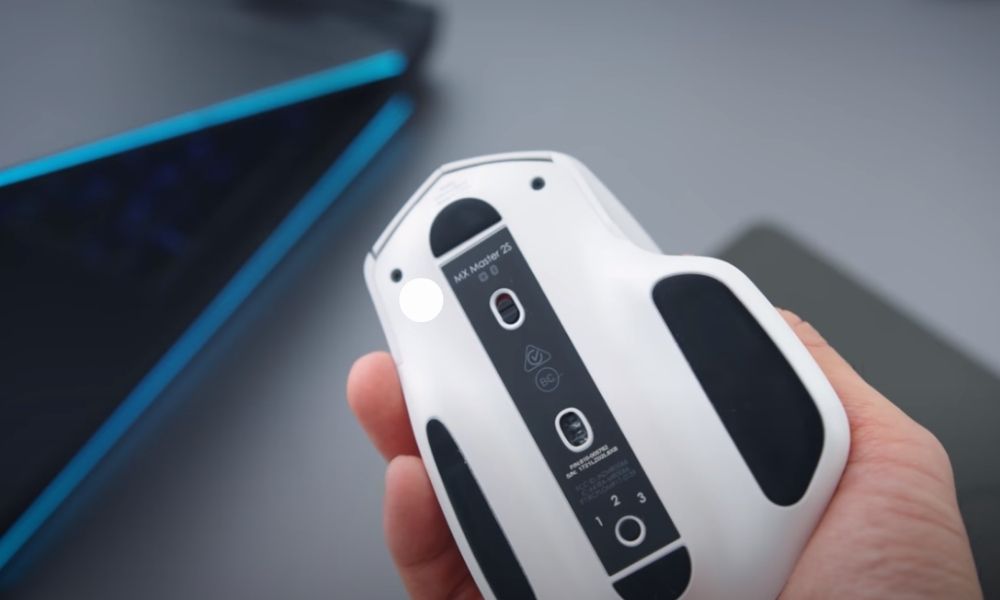
Each manufacturer tries to put some variant of a well-known sensor in order to describe its advantage over all other models, but it often turns out that these changes are purely nominal, and they do not have a special effect on the mouse performance. Besides for the last couple of years “optics” has conquered the gaming and eSports device market, so the probability to find another sensor type (for example, optical laser or real laser one, working with Doppler Shift technology) is almost negligible. It turns out that optics rules the game nowadays, and we will start to untwine this tangle of riddles from the technical part and then move smoothly to specific models.
If you want to understand how modern mice work – start reading right from the beginning, but if you just want to choose a top-end model without unnecessary difficulties – go to the end, to the list of all devices.
Basics and principles of any sensors
The sensor of absolutely any mouse has a fundamental parameter – the number of readings per inch (cpi – counts per inch), or dots per inch (dpi – dots per inch). It should be understood that the mouse sensor itself works in “counts”, but as a result of its work, we see only the movement of the cursor on the monitor screen, which consists of pixels (or dots), so these concepts are exactly the same, and for convenience, we use dpi as the more popular version.
How does any optical sensor work?

It uses a special camera that takes thousands of frames per second to read the surface, transferring the grayscale image onto a very small light-sensitive area called a matrix grid, which typically ranges in size from 20×20 to 40×40 pixels. If you look closely at the photos above, you can see that the mat matter has a non-uniform surface structure, and the mouse sensor brings this surface much closer, which results in unique and distinctive frames, which, when compared with each other, determine the mouse movement. To obtain these frames, an LED is used, which illuminates the entire area of the surface required to be read by the sensor, and the light reflected from the surface comes to the camera, focusing through a special lens.
The optimal value for any mouse is a resolution up to about 2000 dpi (ideally from 400 to 800 dpi). Slightly higher values will not critically affect the tracking quality, but the higher the dpi value, the more the tracking accuracy suffers. Like any other photographic device, the sensor camera has inaccuracies that show up at high sensitivities, and as the dpi increases, the resulting image on the sensor starts to be spoiled by too fast changes because each frame captured by the camera gets insufficient light, which has a negative effect on tracking.
Even for moving from corner to corner on a 4K monitor, a value of 3,200 – 4,000 dpi will suffice, so there is absolutely no justification for the manufacturers’ race to “who has more dpi”. Yes, the huge dpi value can indirectly tell about the level of the installed sensor, but it is far from the fundamental parameter, which is worth paying attention to.
It should be noted that working in Windows (that is, in 2D applications) mouse behavior differs from working in 3D, where there are other calculations of movements, and they also depend on many parameters. This is a separate topic for another article, but the important attributes of any modern optics are zero random acceleration and absence of angular alignment. Roughly speaking, high-quality optical sensors do not have any adjustments and smoothing when calculating the cursor position in games, and this allows you to aim as accurately as possible in any online shooters.
Breakaway distance, stalls, speed and acceleration – how does it work?
And now that the topic of light is on, let’s talk about such a heartbreaking topic as lift-off distance (LOD). Just make an analogy with usual photos, taking into account that your camera takes photos of the carpet. Of course, the sensor has its own automatic for sensitivity adjustment, so overlight is not so bad for it. But what happens when there’s not enough light? That’s right, the optics get confused. This is the problem with low cut-off distance: the sensor gets not enough light, there are problems with tracking, and then incorrect data is sent to the PC – so the cursor flies into the sky. In common parlance, this is called a stall. Again, this term has a broader meaning, but for simplicity, it is the insufficient amount of light, directly related to the desire to have as low a breakaway distance as possible, that usually leads to a stall. In modern sensors all the problems were solved long ago, they found the optimal balance between the light level and the breakaway distance, so now the cursor freezes immediately as soon as the mouse moves away from the carpet. Without any loss of performance, of course.
In addition to sensitivity, the main parameters of any sensor are speed (ips – inches per second) and acceleration (g). In contrast to the sensitivity of a mouse, these parameters are often kept silent, but they affect the quality of work of any sensor. The Zowie ECx-B has a 12,000 dpi sensor, but only 3,200 dpi is used. Does it mean the mouse is bad? Not at all! On the contrary, the manufacturer has intentionally limited the very high dpi values to minimize the possible errors. The parameters of these mice are very high since they are equipped with Pixart 3360 with 250 ips and 50 g. This allows them to be used even in the most furious shooters like CS:GO, Overwatch, CoD and Battlefield. So here we can be guided by a simple and obvious rule: the higher the speed and acceleration values, the better the mouse sensor in general. No exceptions.
Speed allows us to track the maximum possible movement of the device over a certain distance in one second. This parameter ensures that when the mouse develops a certain speed, all movements will be accurately registered by the sensor. And the acceleration allows us to track how fast the speed of the mouse is changing. How fast can you move the mouse? About 120 to 150 ips, which is around 3 to 4 meters per second. This is just a huge value, which is very problematic to maintain over a long period of time – sooner the table, the carpet or your strength will run out. As in the case of speed, the maximum acceleration that even the most trained hand can achieve is in the range of 20 – 30 g, and that’s if we take into account the peak values. In most situations even these values are overestimated, so it is safe to say that 150 ips / 30 g values are enough for any modern mouse even if you are a professional gamer.
From all this follows a simple and logical conclusion: all modern top optical sensors are almost equal to each other. Taking into account the high performance and other optimizations, they have lost all critical disadvantages, but they feel almost the same in operation between each other. So the difference in mice, if you estimate them only by the presence of one or another sensor model, is simply leveled. Unexpectedly, isn’t it? It turns out that now it makes no sense to increase the sensor power. What can influence the choice of mouse, if now all the sensors are equal? The shape, the weight, the material of Teflon glides. After all, the feeling of using a mouse is the result of all its components, which includes not only high-quality optics, but also other aspects that significantly affect the perception of the device as a whole.
Is there a difference in modern sensors?

First, some sensors have custom lenses or modified hardware firmware, which, according to the manufacturer, allows for better reading accuracy. Ordinary users are unlikely to ever notice this, so you’ll have to take your word for it here, but sometimes these changes open up additional sensor adjustment options (such as more precise dpi setting steps).
Secondly, after making changes some manufacturers try to emphasize the class of their devices, and marketing names like SteelSeries TrueMove and Roccat Owl-Eye are used, which has no practical value for the user. And thirdly, due to the lack of necessity to increase the power of new sensors, the manufacturers tend to transfer their mice to wireless communication, and for this purpose it is necessary to decrease and optimize the power consumption, increasing the battery life.
Current list of sensor and mouse models
Briefly and to the point: the most important thing in any mouse is speed and acceleration values; the dpi value is secondary. Speed and acceleration values over 150 ips / 30 g will be more than enough for any modern player, even if you are tough-running CS:GO. Keep in mind that nowadays mouse shape, its weight and set glides have much more influence on feelings of the mouse behavior, so sensor parameters on the paper are not so important for us, because in practice these differences will be reduced to the minimum.
- Pixart 3389 (450 ips / 50 g / 16,000 dpi): Razer models – DeathAdder Elite, Basilisk, Lancehead TE, Naga Trinity; HyperX models – Pulsefire Surge, Pulsefire FPS Pro
- Pixart 3390 (450 ips / 50 g / 16,000 dpi): Razer Mamba Wireless, Mamba Elite models
- Pixart 3391 (450 ips / 50 g / 18,000 dpi): Corsair IronClaw RGB (introduced at CES 2019)
- TrueMove3 | TrueMove3+ (350 ips / 50 g / 12,000 dpi; based on Pixart sensors): SteelSeries models – Sensei 310, Rival 310, Rival 710, Rival 600, Rival 650 Wireless
- HERO (400 ips / 40 g / 12,000 dpi; based on in-house design): Logitech models – G Pro Wireless, G305, G603, G502 HERO
- Pixart 3366 (300 ips / 40 g / 12,800 dpi): Logitech models – G403, G403 Wireless, G502 Proteus Spectrum, G703, G903, G Pro (wired)
- Pixart 3361 (250 ips / 50 g / 12,000 dpi): Roccat models – Kone AIMO, Kone EMP, Kone Pure Owl-Eye, LeadR
- Pixart 3367 (250 ips / 50 g / 16,000 dpi): Corsair – Glaive, Dark Core RGB / Dark Core RGB SE, Scimitar Pro RGB
- Pixart 3360 (250 ips / 50 g / 12,000 dpi): Zowie EC1-B / EC2-B, SteelSeries Rival 700, SteelSeries Rival 500, Asus ROG Gladius II, Cougar Revenger, Cougar Revenger S, Cougar Minos X5, Cooler Master MM530, Tt eSports Ventus X Optical, Tt eSports Nemesis Switch
- Mercury (200 ips / 25 g / 6,000 ips; in-house design): Logitech G102
- Pixart 3988 (200 ips / 50 g / 6,400 dpi): Asus ROG Gladuis, Corsair Sabre RGB 2016
- Pixart 3330 (150 ips / 30 g / 7,200 dpi): Cougar Surpassion, Cooler Master MasterMouse S, MSI Clutch GM60
- Pixart 3310 (130 ips / 30 g / 5,000 dpi): Zowie models – ECx-A / FK / ZA lines, HyperX Pulsefire FPS, SteelSeries Rival 300, Asus ROG Sica, Cougar Minos X3, Cougar M530
Why is an optical mouse so good?
- Versatility
Optical sensors are fastidious in use, can digest any surface texture and are absolutely omnivorous towards any type of surface, be it table, cloth, plastic and in some cases even glass, and this almost does not affect the tracking quality; - Problem-free and precise operation
Optical sensors have absolutely minimal delays (intu-lag) and do not suffer from unrecoverable acceleration or geo-location, which means they have the best tracking accuracy; - Extensive sensor customization options
A huge number of dpi, the ability to choose the step of setup, the ability to adjust fine-tuning parameters such as lift-off distance, angular rotation, acceleration, and axis movement settings; - Wireless communication and no latency
Optimized power consumption enables top-of-the-line optical sensors in wireless mice that are as lag-free as wired mice and have decent battery life; - Affordable price
You’ll find a great value in any price range: in the budget range, for example, the Logitech G102 is a great value, while in the high end, the HyperX Pulsefire FPS Pro is a great value.
Conclusion
The difference in modern optical sensors has become as ghostly as possible, and their capabilities allowed to displace all other players from the market. Sooner or later everything rests on an invisible ceiling, after which increasing the technical parameters becomes just a thankless task, and today optics has also reached the limit of its capabilities.
All actual optical sensors are approximately equal among themselves, so you can be sure, that any novelty will pass the test of fire, sword and machine gun. It is much more important to pay attention to other aspects of the mouse: its shape, weight, materials, number of keys, RGB backlight, software and other additional functions.
What’s more, with the development of wireless technology, you should look at wireless mice, because they already have great performance and enough battery life to get you through virtual worlds for weeks on end. After all, there’s no point in chasing dry numbers, but picking the shape and features you want is the most important thing

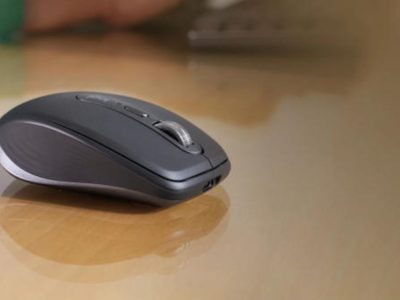
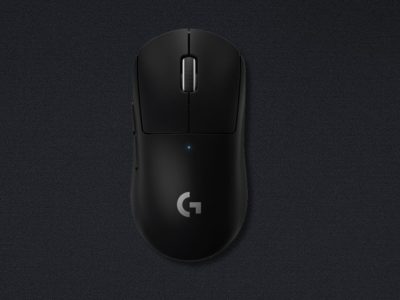
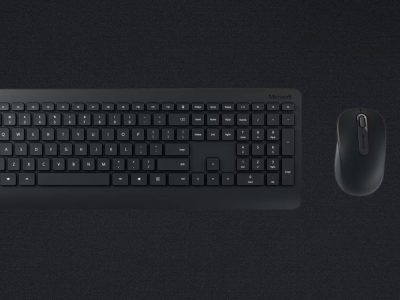
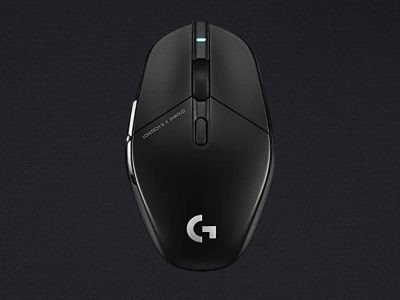
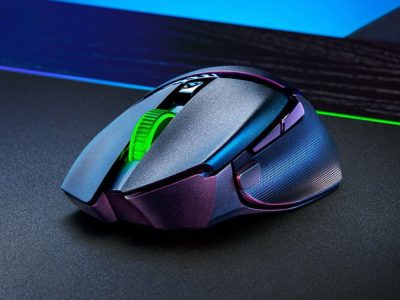
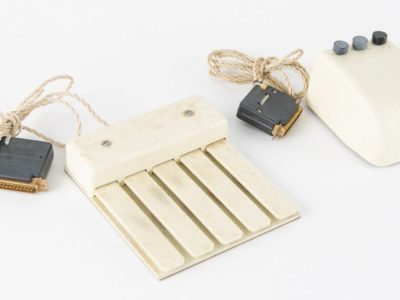
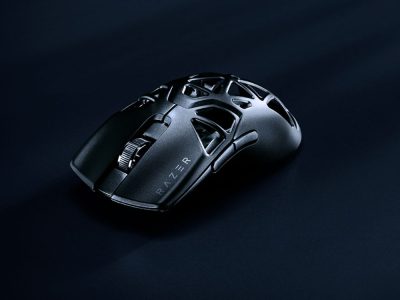


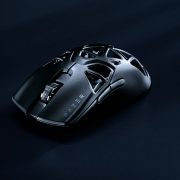



Your comment is awaiting moderation.
Поиск консультанта — ответственный шаг на пути к улучшению эмоционального здоровья.
Сначала стоит уточнить свои потребности и запросы от работы с психологом.
Полезно оценить подготовку и специализацию специалиста.
Отзывы бывших обратившихся могут подсказать сделать выбор более уверенным.
https://raymondxoak42185.yourkwikimage.com/1718999/%D0%A1%D0%BF%D0%B5%D1%86%D0%B8%D0%B0%D0%BB%D0%B8%D1%81%D1%82_%D0%B4%D0%B5%D1%82%D1%81%D0%BA%D0%BE%D0%B9_%D0%BF%D1%81%D0%B8%D1%85%D0%B8%D0%B0%D1%82%D1%80%D0%B8%D0%B8_%D0%9C%D0%BE%D1%81%D0%BA%D0%B2%D0%B0_%D0%A6%D0%B5%D0%BD%D1%82%D1%80_%D0%BC%D0%B5%D0%BD%D1%82%D0%B0%D0%BB%D1%8C%D0%BD%D0%BE%D0%B3%D0%BE_%D0%B7%D0%B4%D0%BE%D1%80%D0%BE%D0%B2%D1%8C%D1%8F
Также обратите внимание методы, которыми работает консультант.
Стартовая сессия помогает понять, насколько есть доверие общения.
Необходимо помнить стоимость и способ работы (например, удалённо).
Осознанный выбор профессионала способен сделать эффективнее движение к целям.